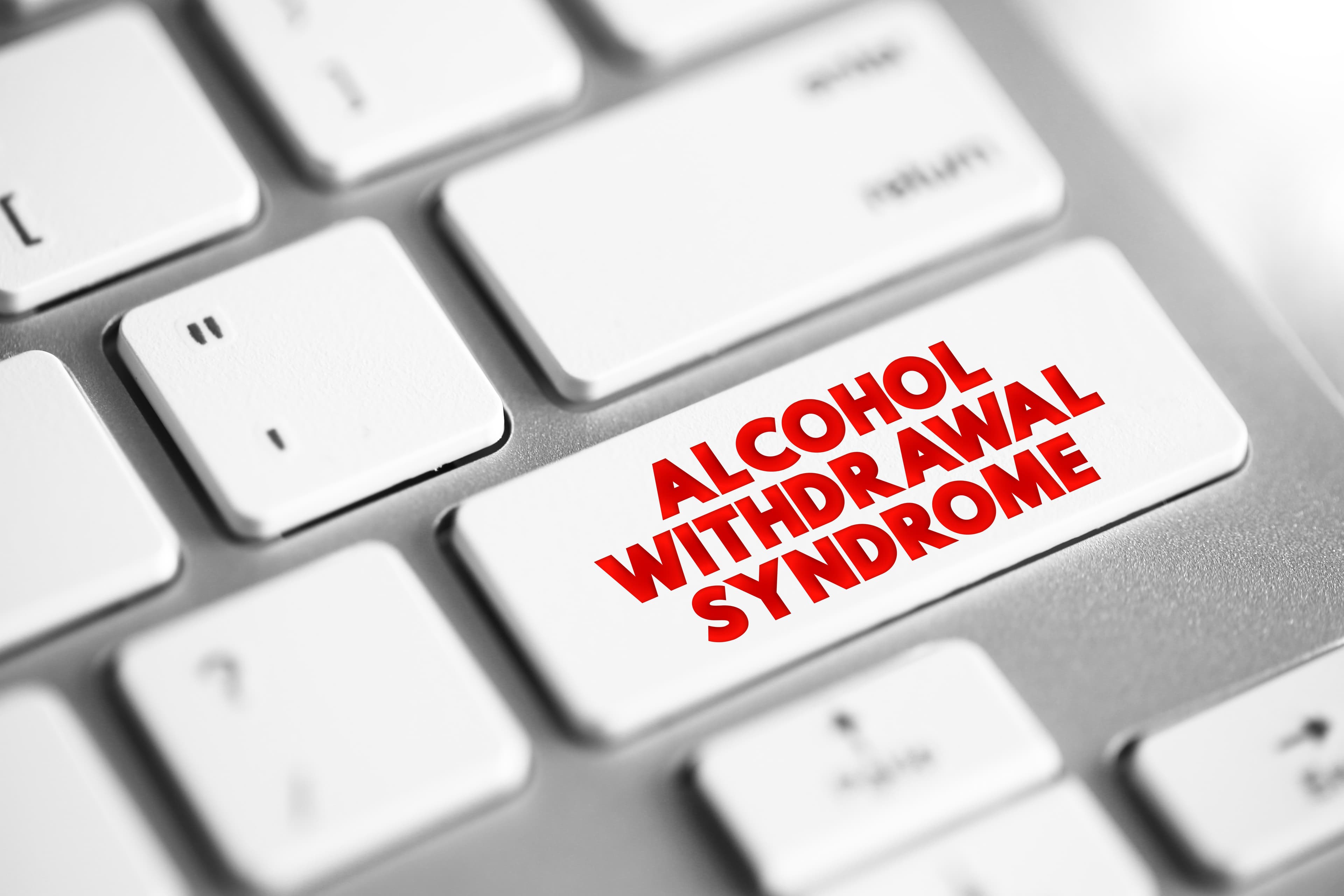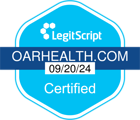Alcohol Withdrawal Symptoms

In This Article
Alcohol withdrawal symptoms are a range of impacts that can occur when you stop drinking or significantly reduce your alcohol intake abruptly. Alcohol withdrawal can range from mild to severe. The duration of someone’s drinking, the amount of alcohol consumed on a regular basis, and any co-occurring medical conditions may all impact withdrawal severity. While an unpleasant byproduct of stopping drinking, withdrawal symptoms are usually short-lived. However, severe symptoms warrant immediate medical attention.
What Is AUD Withdrawal?
Regular alcohol consumption can lead to physical dependence as the body adapts to alcohol intake. Over time, alcohol affects the brain's neurotransmitter systems, leading to feelings of calmness when someone drinks. When alcohol is removed, the brain’s neurotransmitters, which have adapted to functioning with regular alcohol, suddenly become disregulated, leading to withdrawal symptoms. Typically, these symptoms can last a few days. Depending on the severity and extent of someone’s alcohol use, mild withdrawal symptoms can linger up to a few weeks.
Qualify For Treatment
Typical Alcohol Withdrawal Symptoms
Mild to moderate alcohol withdrawal symptoms are relatively common. Nearly half of individuals with AUD who abruptly stop or reduce alcohol intake experience signs of alcohol withdrawal (1). Alcohol withdrawal symptoms can be physical, psychological, or both. Psychological effects such as anxiety, irritability, depression, and intense cravings for alcohol are common. While most people experience mild symptoms, severe withdrawal symptoms impact about 3-5% of people.
Mild Alcohol Withdrawal Symptoms
- Anxiety
- Headache
- Nausea, vomiting, or gastrointestinal distress
- Sweating
- Fatigue and insomnia
- Feeling shaky
Moderate Alcohol Withdrawal Symptoms
- Increased heart rate and blood pressure
- Confusion
- Irritability
- Rapid and shallow breathing
- Moderate anxiety
- Diarrhea
- Sweating
- Fever
- Mild tremors
- Increased heart rate
Severe Alcohol Withdrawal Symptoms
- Delirium Tremens (DT)
What Is Delirium Tremens?
DT, or alcohol withdrawal delirium (AWD), is the most severe symptom of alcohol withdrawal and can be life-threatening. It causes heightened sensitivity to light and sound, tremors, seizures, hallucinations, irregular heartbeat, and intense confusion.
AWD requires immediate medical attention; the condition is fatal for the estimated one in 20 people who develop it. It can also rapidly worsen. While DT is less common, its high mortality rate makes emergency care paramount. It can be hard to predict who might experience this severe form of withdrawal, but confusion is a telltale sign. Those who are older, have a history of alcohol seizures or have comorbid issues can help predict elevated risk (2).
Alcohol Withdrawal Symptom Timeline
Generally, there are three stages for AUD withdrawal. Withdrawal symptoms may not follow this exact chronology depending on factors such as duration and frequency of alcohol use.
Stage 1:
Stage one occurs six to 12 hours after your last drink. Early mild symptoms such as an upset stomach, headache, and sleeplessness can start to occur during this time.
Stage 2:
Stage 2 begins 12 to 24 hours after your last drink. This stage can include gastrointestinal symptoms such as nausea and diarrhea, increased irritability, and hallucinations.
Stage 3:
The latest stage occurs between 24 and 72 hours after the last drink. During this time, symptoms can start to peak. The risk of seizure is highest from 24 to 48 hours. DT can occur between 48 to 72 hours. Other symptoms during this stage include disorientation and rapid heart rate.
While stage 3 symptoms can be most severe, symptoms also start to resolve during this time. Some milder symptoms, such as mood changes, fatigue, and sleeplessness, may continue, which is referred to as post-acute withdrawal syndrome (PAWS).
Managing Alcohol Withdrawal Symptoms
One damaging misconception is that withdrawal is a matter of willpower. In reality, withdrawal is a physiological response to the brain’s adaptation to frequent alcohol use. The nervous system becomes hyperactive when alcohol is suddenly removed, causing distressing and potentially dangerous symptoms that are not within someone’s control. Severe AUD can lead to life-threatening complications and require immediate medical intervention. If you show any severe withdrawal signs, get help immediately. You don’t need to be at the point of requiring emergency attention to reach out to those around you for support.
In mild to moderate cases, individuals can tend to withdrawal symptoms through at-home or outpatient care. Treatment is highly individualized based on symptom presentation and the length of someone’s alcohol use. Here are a few ways that people can care for withdrawal symptoms.
Medical detox: Medical professionals may use medications to manage symptoms and prevent seizures. Medical monitoring can help ensure that someone stays safe during withdrawal.
Hydration and nutrition: Alcohol dependence often leads to malnutrition and dehydration. Rehydrating, especially after withdrawal symptoms like diarrhea and vomiting, is essential. If it is difficult to eat or drink during withdrawal, taking small sips of an electrolyte drink can help. If you become too dehydrated, you may require IV fluids.
Counseling and therapy: Counseling, such as Cognitive Behavioral Therapy (CBT), helps individuals cope with psychological symptoms that withdrawal might bring up, and supports long-term recovery. Mutual support groups like Alcoholics Anonymous (AA) also provide a community of individuals who have experienced withdrawal before. It’s important to note that treating withdrawal and treating AUD are not the same.
Medication-Assisted Treatment (MAT): A provider may prescribe medications like naltrexone after someone detoxes to help reduce cravings and prevent relapse.
While medical intervention is necessary for DT, you don’t have to wait until withdrawal gets bad enough to build a personal care team of friends or family to check on you, make sure you are staying hydrated, and call for help if you experience more severe symptoms. Withdrawal symptoms can impact everyone differently, depending on their intake and length of AUD. In mild and moderate cases, your doctor may be able to prescribe medicine to manage withdrawal at home.
If you’ve tried to reduce or stop drinking in the past and have experienced withdrawal symptoms, there are ways to safely detox from AUD. A specialist can help you decide the best course of action to ensure your safety. Unsupervised withdrawal can lead to severe complications. Professional care ensures safety, symptom management, and access to resources for ongoing recovery.
About The Author
Xenia Ellenbogen (she/they) is a journalist specializing in health, mental health, and wellness. Her writing has appeared in publications such as Everyday Health, Well+Good, Rewire News Group, Prism, and more.






